We've picked a picture from a photo story you did
on your mother, who sadly, died of cancer. Can you
talk about your decision to document your mother?
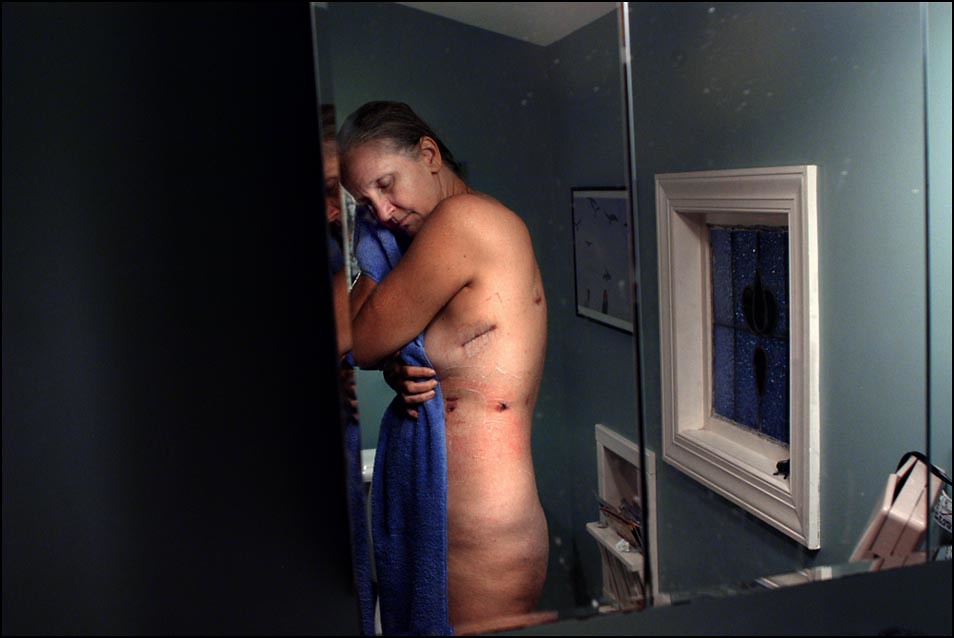
LOGAN:
I have to start out by saying I think it is interesting
that you chose this topic, and this image. Today is
exactly three years since she died. And as for this image,
I've recently decided to use it with another image from
this series to go into a book project of this story.
But to get to your question, we have to go back a little bit.
Mom was a very strong supporter of my photography and
journalism; she was also a visual and creative person.
Before she was sick, we would talk for hours about story
and image ideas. I still have two notebooks of our ideas on
my bookshelf.
Ross, you and I have talked many times about how important
it is for the photographer to express their wants and needs to
a subject, so roadblocks don't come up at emotional times during
the story. Explaining expectations for access can very important
in this process. Mom completely understood this concept. She
totally "got" why I would need to be in places and witnessing
events at precise, and sometimes uncomfortable, moments. Not
only did she understand, but she would make suggestions.
That's how the story started.
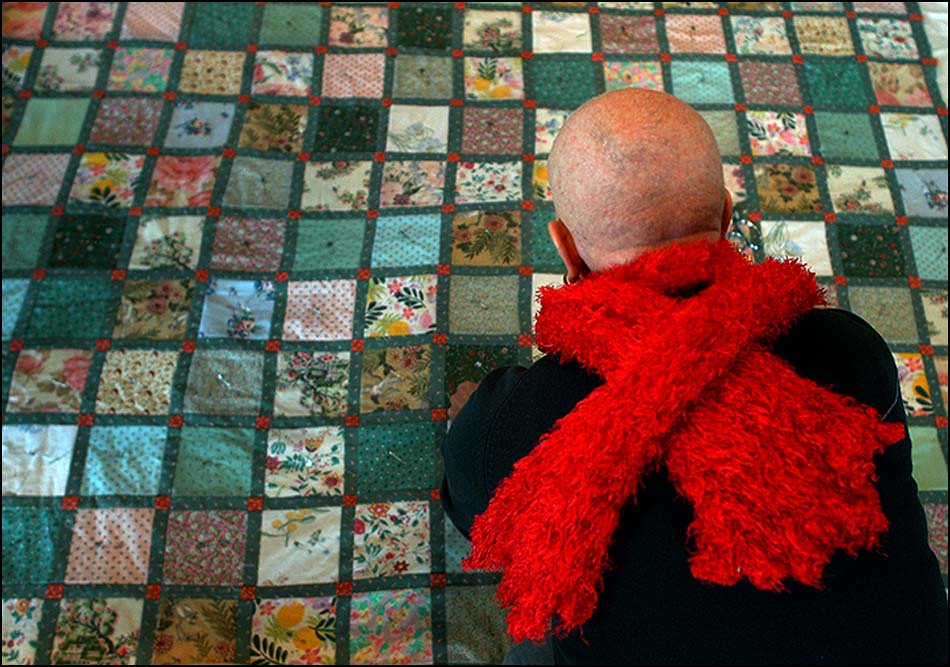
Mom called me a few years ago and asked me to come over -
she told me to bring my camera. I'd been freelancing for about
2 years, and like I said, she loved to share thoughts about
imagery. I figured it was probably another idea, or maybe a
pretty flower in the garden that she wanted a picture of.
Instead, that afternoon she told and me and Dad that she had
a tumor in her lung.
I was surprised, but as she began to explain more, it clicked
what was going on, why she specifically asked me to bring the
camera, and I took this image of her talking to Dad:
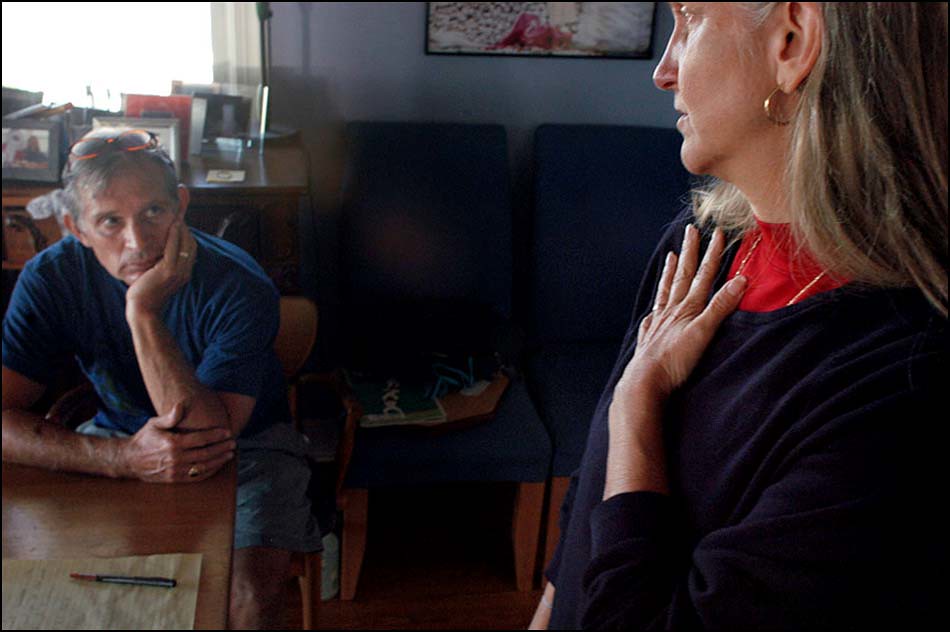
Later, she asked if I wanted to photograph her journey. She
didn't want to call it a battle or a fight - those words were too
violent for her. She considered it a journey because she wanted
to survive, as well as embrace the joy of life with what time she
had. But she had obviously thought about me doing a project on
this process before she first called me to come over and talk
about the initial tumor.
TID:
Can you tell us what was going through your mind
while making these images?
LOGAN:
I've had other people ask about what was it like to make
these pictures, and I'm still not really sure what to say.
Obviously, it was really difficult to watch my mother and
family go through this. Sometimes it was difficult to hit
the shutter when it felt like I should be more in the "Son"
role than the "Documenting" role.
There were times I didn't make a photo because it didn't feel
right. Sometimes the only way I got through situations
without completely losing it was being able to put the
camera over my face like a mask, look through a barrier
and think about light and composition instead of what
was going on to my family around me. It ran the spectrum
of all kinds of emotions.

TID:
This image is one that is intensely intimate. I don't think I
could make this image of my mother, and I was struck by
the comfort level your mother seems to have with you.
Can you please talk to us about your approach to making
this specific image ?
LOGAN:
I was spending a lot of time with Mom and Dad. I'm a
freelancer, and I made it a priority to be with them. One
day, Mom went to take her first shower after her first
surgery (because of the stitches and bandages, she wasn't
allowed to shower for a time). She literally opened the
bathroom door and said, "Hey Logan, you want to see
my scars?" and then she continued drying off. I grabbed
my camera and made a few images. So that was the
logistical series of events - because of conversations
we'd had before, she knew what types of situations were
of interest and kept me updated on them.
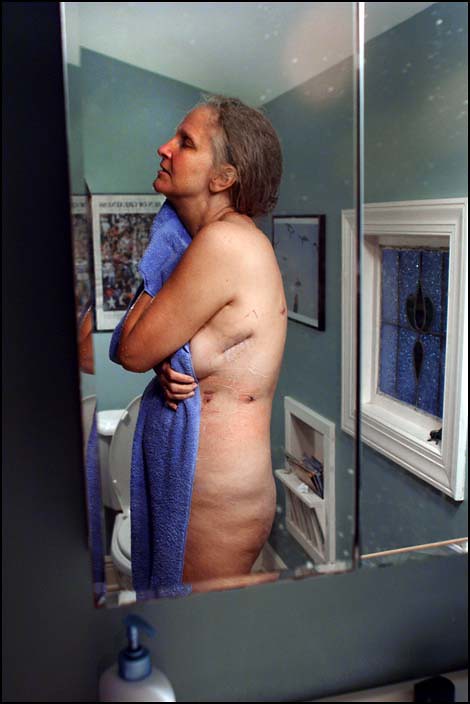
As for the thought process involved, and emotions... I
have to admit, I was a little uncomfortable. I mean, in
our society, it is not normal for a 20-something male to
be in a small room with his naked mother. That just
sounds so ridiculous. And it was a little shocking to me;
I would have never suggested it.
But honestly, I think that shock is what got me through it.
I tend to over-think things WAY too much. And in this
situation, heading into the bathroom, I was thinking about
all kinds of concepts: how the water/bathing was symbolic
of a baptism/rebirth, how the scars were the first outward
sign of her disease (she had no symptoms before being
diagnosed - the tumor was spotted first while doctors were
doing imaging on her heart), and all these heavy metaphors.
Then *BAM*, there is Mom revealed - naked, just like THAT,
and I had stop thinking and react - just make the image that
was there in front of me.

TID:
At any point was there any conflict, any hesitation on your
mom's (or your) part during the documentation? If so, how
was it handled?
LOGAN:
There certainly were times that I hesitated or didn't make
images. Even though I had both her blessing and the rest
of the family knew what I was doing, there were many
emotional and vulnerable moment where I wasn't sure it
was appropriate to take photos. One time that stands out
is when a Niece saw Mom for the last time. It was obvious
that it would be the final time they would speak, and as the
niece left, she broke down weeping. For whatever reason, I
didn't feel right hitting the shutter at that time, so I didn't. I
hugged and tried to comfort my cousin.
I don't think there is a hard and fast rule here. I've heard some
folks say "it is better to take an image and not use it, then want
it later and not have it." That can be true sometimes, but I think
trust is the most important part. Trust and truth. You have to stay
true to yourself. A serious project may push you, push what you
are comfortable with, and that's OK. Growth spurts are
uncomfortable; physically, mentally and artistically. I think you
have to keep yourself open to pushing. But pushing isn't betraying -
yourself or those you are photographing. There were times the
folks in front of the camera wouldn't have cared if I made a photo,
but it wasn't ok with me. So I didn't hit the shutter. Each
photographer has to find that place within each story, each situation.
One of my motivations FOR hitting the shutter was that I simply
didn't want to do Mom and her story a disservice; she had granted
me this privilege, and I didn't want to squander it, let it go to
waste because I was uncomfortable. It made me step up and be
active in circumstances I would have rather shed away from.
That's what I mean by a "growth spurt" - maximizing and living
up to the tremendous gift your subjects are giving you by letting
you be present.
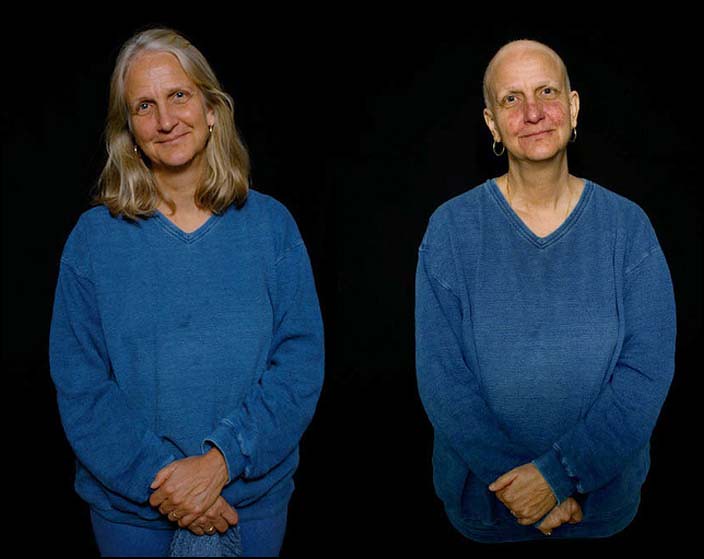
TID:
Do you have advice for photographers looking to gain this level
of intimacy with their subjects?
LOGAN:
Communication with subjects (family or not) is so important,
and finding the right subject is paramount. Everyone has different
boundaries; you probably won't find them all out in one conversation.
You probably can't jump right in with a subject and in the first
conversation ask if it is ok to photograph them naked. But you take
steps - ask to visit their home, and once you are in their home, you
can ask to see inside their bedroom, for example.

Trust is something that is built. You and the folks you are
photographing are constantly building it by exploring private places
and intimate experiences. This growth, this relationship, can happen
many ways and over different periods of time. Sometimes through
jokes and chatting, other times just being around in heavy situations.
Conversations can run in that vein too, where you ask questions
and clarify expectations little by little. It can be very frustrating
when you think you've spelled out needs and have access, then
find yourself shut down in a key moment.
With some folks, I like to ask hypothetical situations in a calm
time, before something emotional happens: "If something
hectic were to happen at your home, how would you feel with
me photographing it?‚” "What would be the best way for me to
photograph __fill in the blank__?"
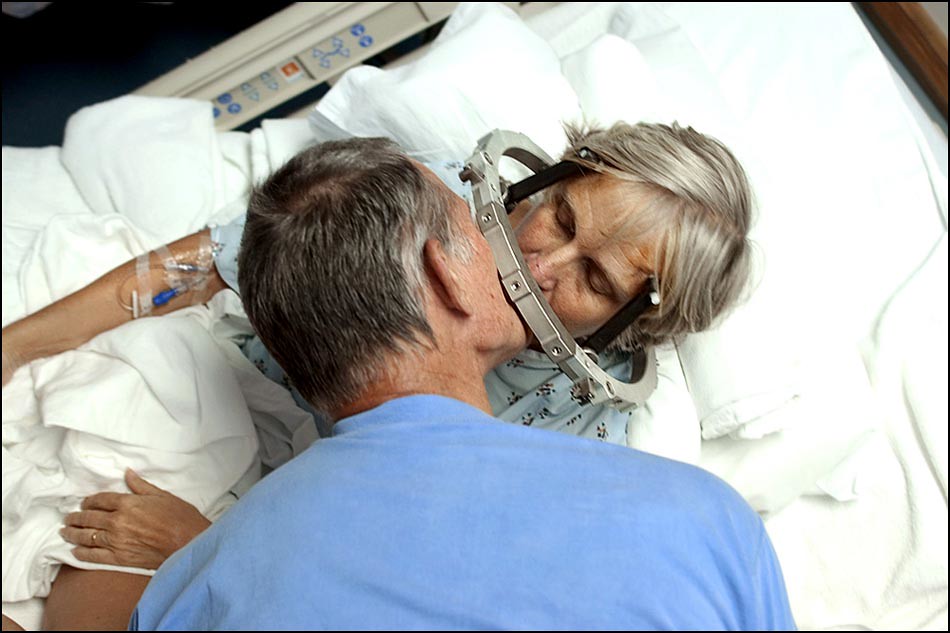
I try to avoid yes or no questions, like "Can I photograph this?" -
it is too easy for people not to think about it and just say "No."
If it is a long-term project, you are going to be with this/these
subjects for a while and you're going to be having conversations
with them at some points; I just try to find appropriate times to
set expectations.
Logistically, keeping up with subjects is important. Don't assume
anything. Ask them what they are planning on doing later that day,
that week, that month. Reassure them that, yes, even though some
action or activity may seem mundane or commonplace to them,
we as photographers would like to be present and witness it - we
have to be there when things happen.
Be true to yourself, and be real with the people you are
photographing. People can feel when outsiders are being
fake or holding back. I think you really have to be almost
as vulnerable as the people who are letting you into their lives.
There is a process where everyone involved lets down barriers
and goes with the situation. That's when viewers can FEEL
what is happening in the images.
Please show this old B&W photo of me and mom. I really don't
want people just to think of her as "somebody who died" or
another "Subject in a Cancer Story."
She is my Mom, and I miss her very much. I'd love it if THIS
is how people could remember her.
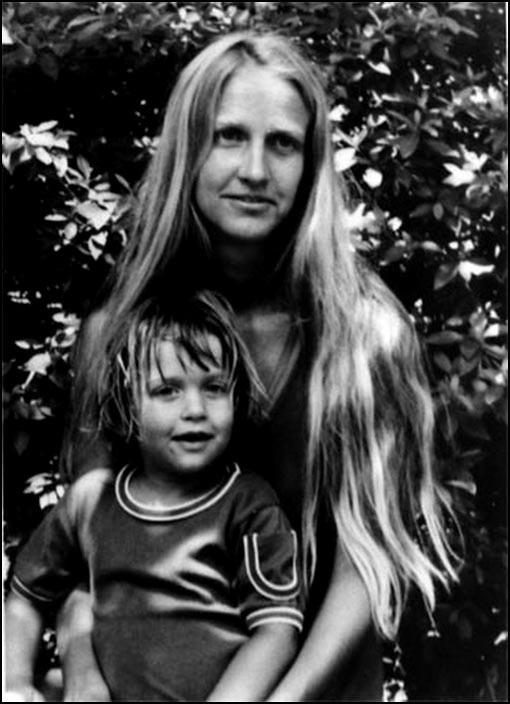
Thanks so much Logan.
+++++
Logan has photographed in over a dozen countries for a wide variety of
editorial and advertising clients. His images have been published in books,
magazines and newspapers all over the world, including: TIME, Newsweek,
National Geographic Adventure, WORLD Magazine, People Magazine, USA
Today, Los Angles Times, The Guardian (London), as well as on the front
page of the New York Times, Chicago Tribune, Washington Post and the
International Herald Tribune.
He's been recognized with several national and international honors and
grants, including awards in Pictures of the Year International, NPPA's Best
Of Photojournalism, the Alexia Foundation for World Peace, National Hearst
Competition, the Public’s Best Picture of the Year Award on MSNBC, and
North Carolina Press Photographers Association.
You can view his work at:
www.loganmb.com
+++++
Next week on TID, we'll take a look at this image:
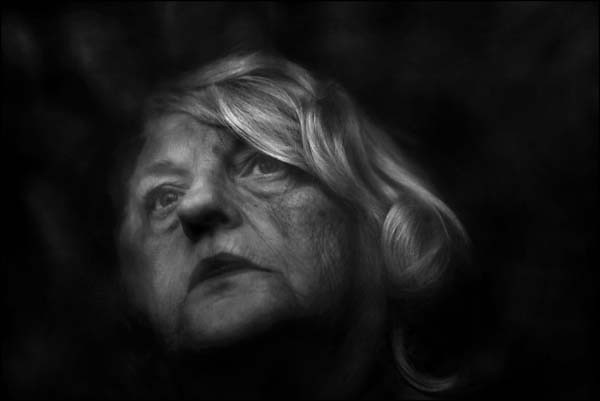
As always, if you have a suggestion of someone, or an image you
want to know more about, contact Ross Taylor at: ross_taylor@hotmail.com.
For FAQ about the blog see here:
http://imagedeconstructedfaq.blogspot.com/
Strong & sensitive documentary. Photographically a tough job, as well...
ReplyDelete